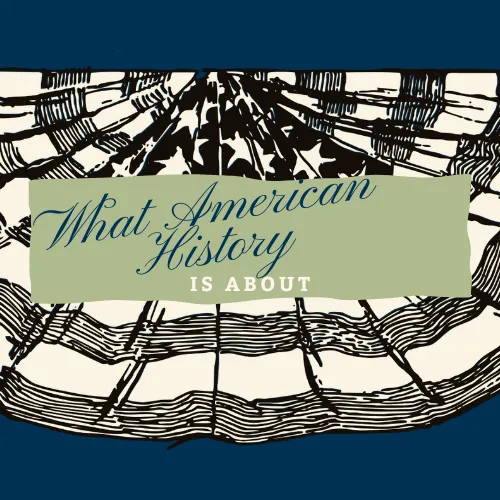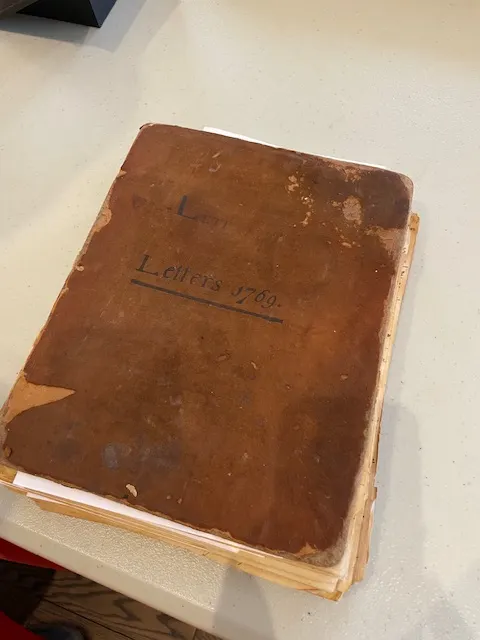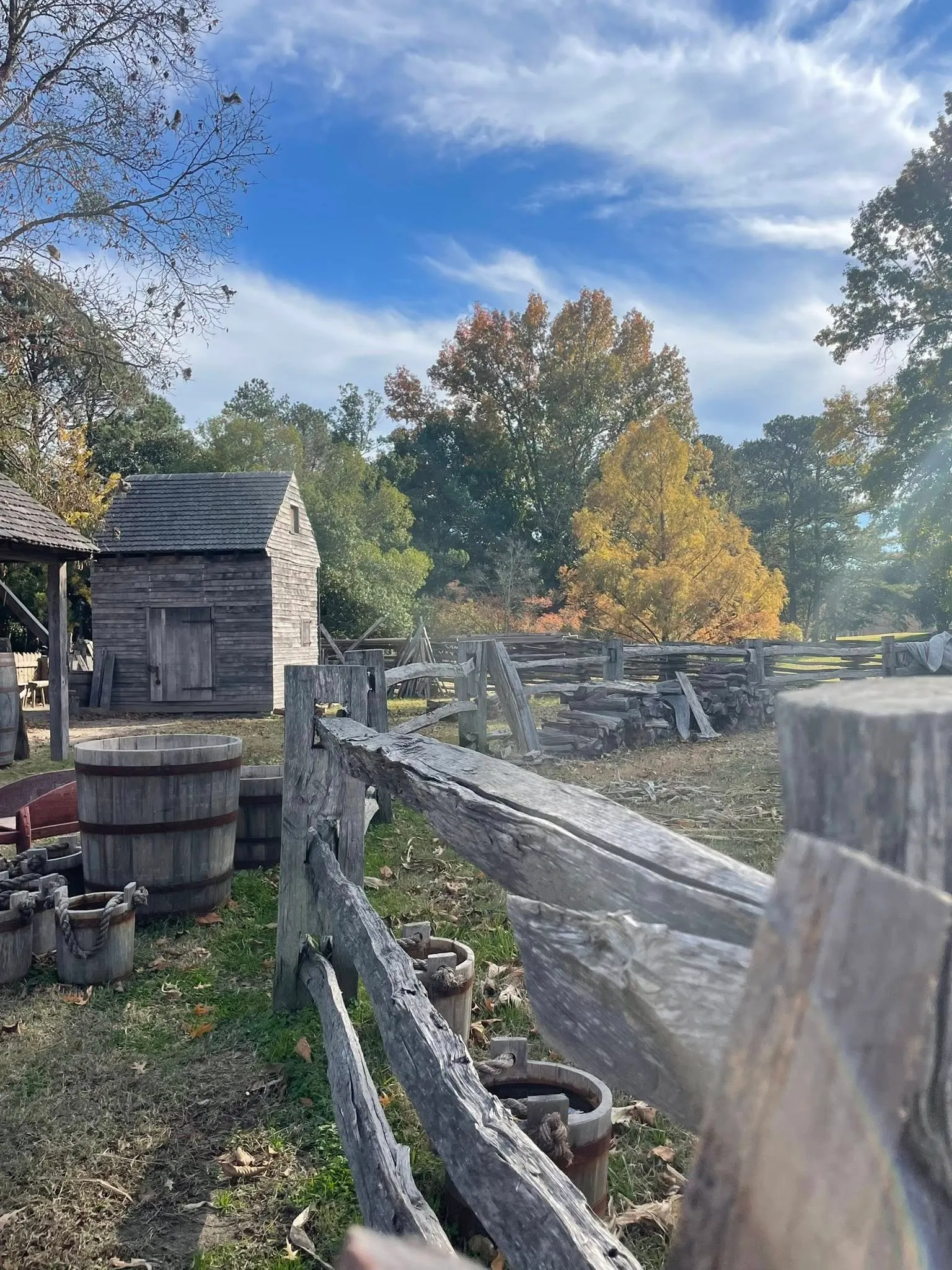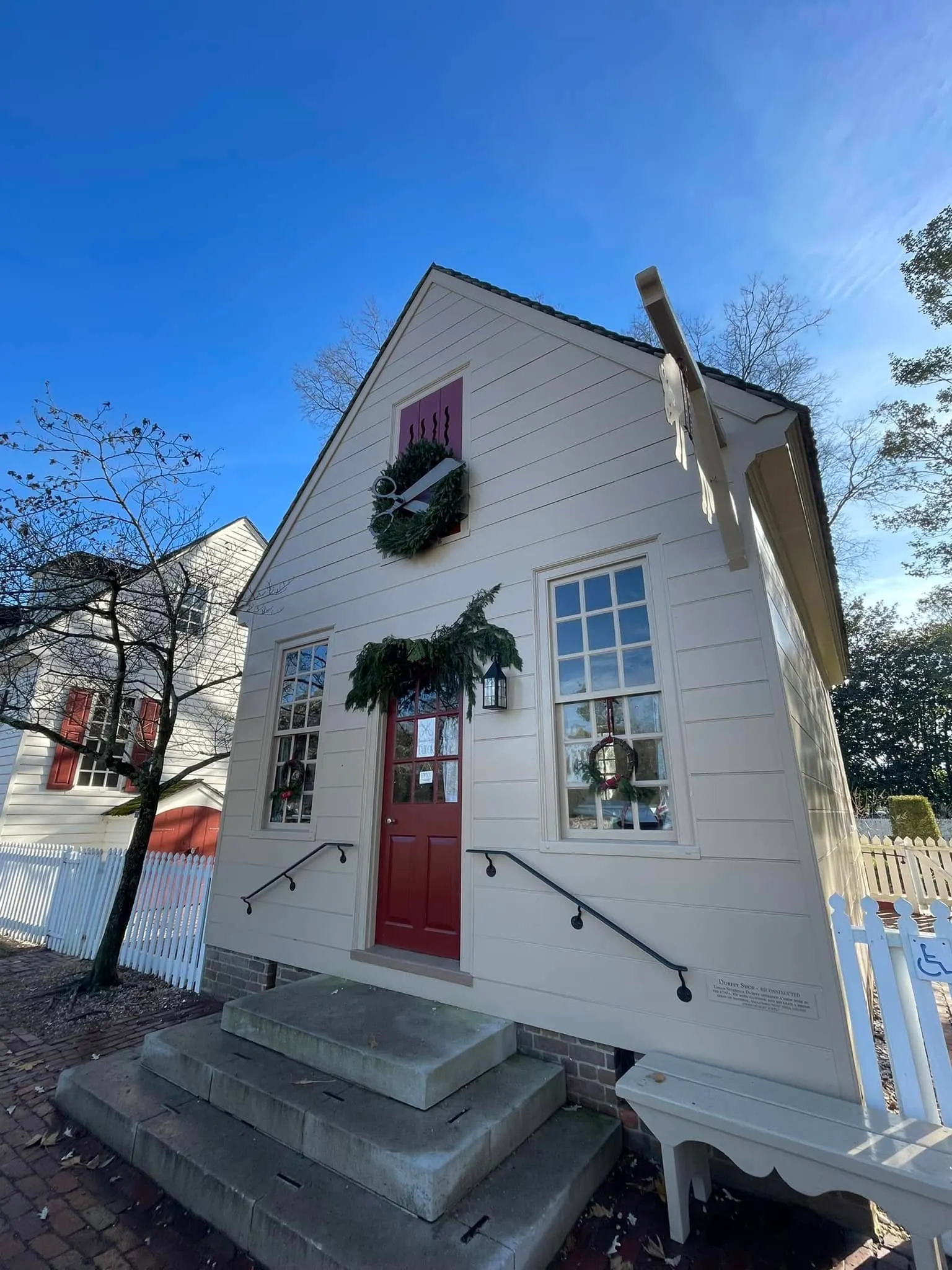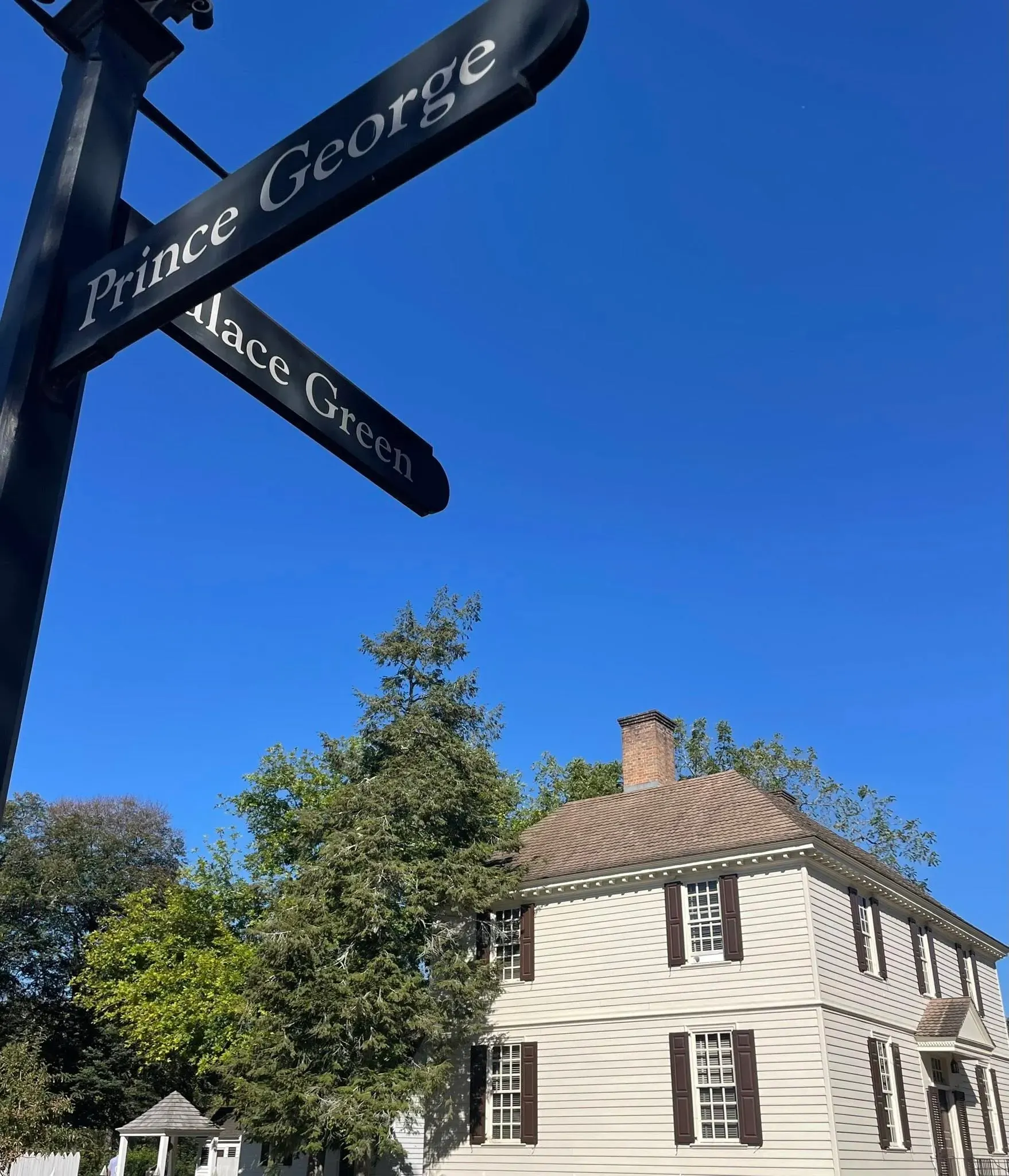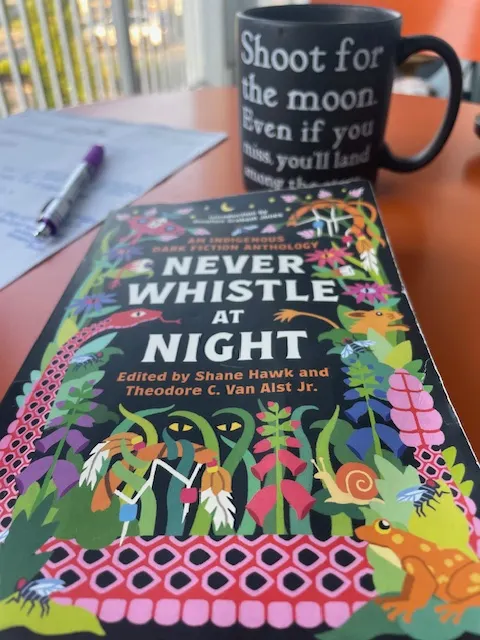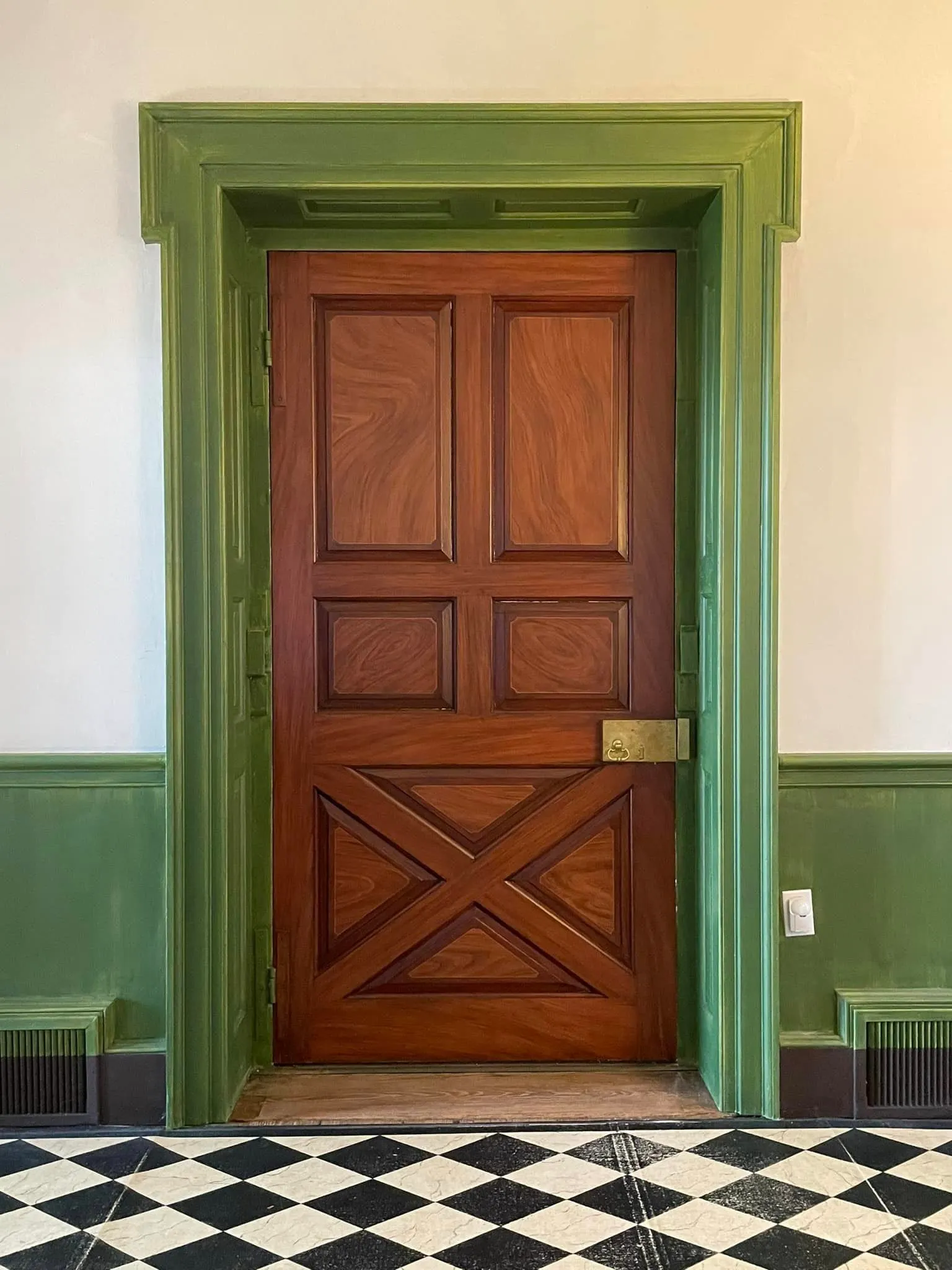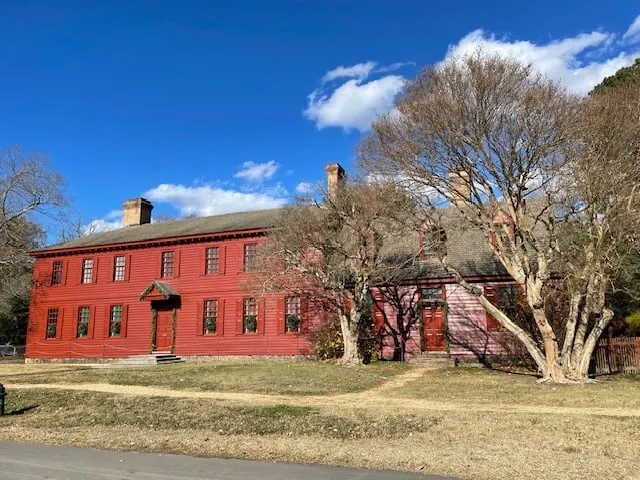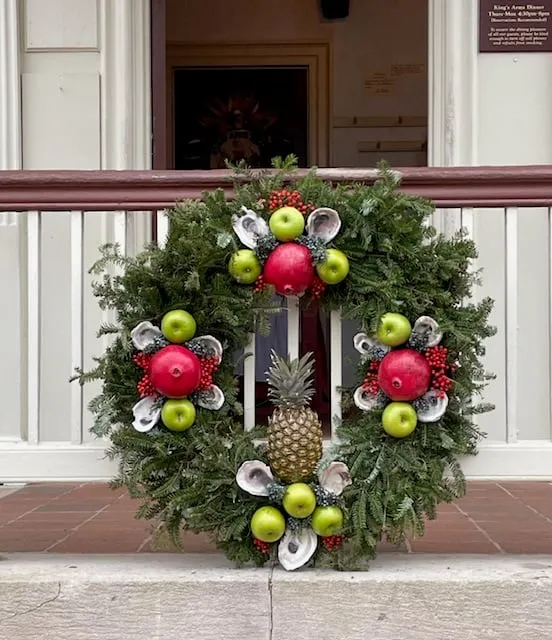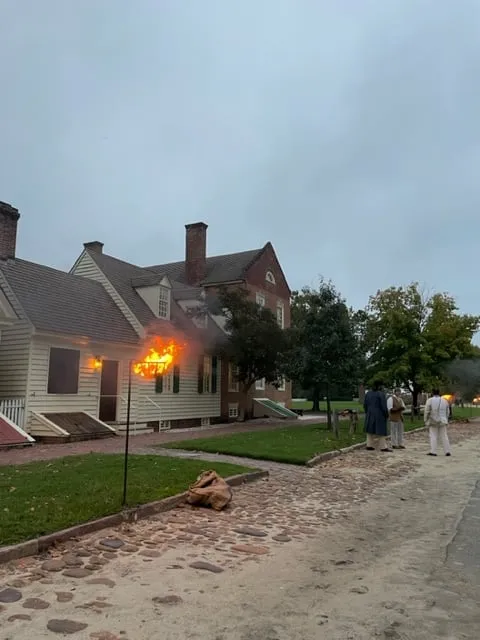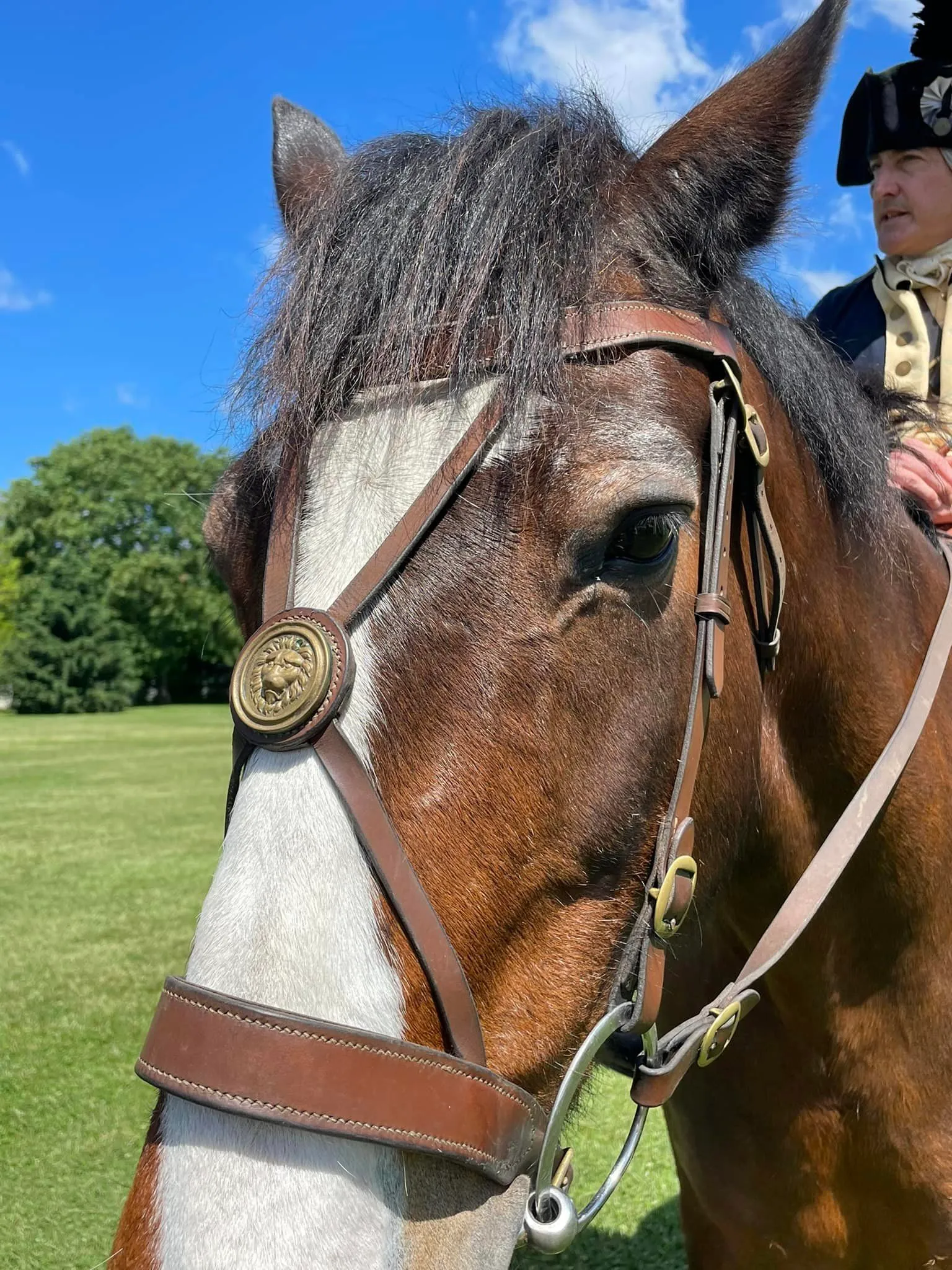Preserving the Past: Revolutionary and Civil War Treasures at Jessie Ball duPont Memorial Library
Going back to Stratford Hall in Virginia's Northern Neck.
After my initial visit to Stratford Hall in Virginia's historic Northern Neck, I knew one thing was for sure: I'd be back. Thanks to Dr. Gordon Blaine Steffey, Vice President of Research and Collections Director of the Jessie Ball duPont Memorial Library, it happened.
And it was special.
It's been over two weeks since my March 12th visit with Dr. Steffey. I took a lot of photos, dumped so many ideas onto paper and here it is: my first post-special collections blog article.
The amount of early American history I saw and learned in a few short hours was mind-blowing-- so don't worry, there will be more on what I'm calling my "Lee project."
But first, today, the over-arching purpose for my visit: leaning into Dr. Steffey's passion for the site, the family, and for preserving history.
RELATED POSTS TO OPEN INTO A NEW TAB:
Click here to read about Stratford Hall through my initial visit.
Click here to read my interview of Dr. Steffey.
Necessary disclaimer: As a blogger, I use affiliate links sometimes! I may receive commission from purchases I share; it does not change your price but sometimes you might get a discount.
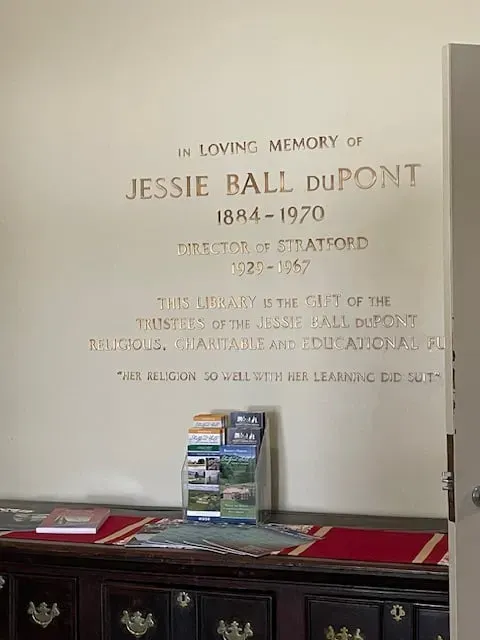
Special Collections are vital to preserving, and learning, history.
Because I'm personally fascinated with the Revolutionary Lees and the home they shared with their enslaved, I'm grateful for Jessie Ball duPont. A Virginian by birth, she married into the influential Delaware duPont family of industrialists.
The mission of the fund she created through her last will and testament makes the continuation of telling ALL the stories related to Stratford Hall possible. And by doing it with a vast collection of rare documents-- primary sources-- onsite.
Indeed, I'm like many history-lovers. One experience leads me down a rabbit hole.
If you've followed this blog, you may have seen other posts like this one where I hunted for the court records of Grace Sherwood's "witch trial" in Colonial Williamsburg's Special Collections department.
Without a doubt, digging deeper into history is best done by seeing and studying primary sources.
Dr. Steffey truly made this Special Collections visit extra-special. I didn't ask to see anything specific because he knew my interests. He offered to show me his favorite bits in the collection and wow- sometimes you just have to let the expert lead.
RELATED: Click here to learn about primary sources.

Four Revolutionary and Civil War items living at the Jessie Ball duPont Memorial Library that bring history alive.
Needless to say, when I walked into the reading room, Dr. Steffey had already shown me some historic jewels. I couldn't have fathomed what awaited me on a table filled end-to-end with pure gold for any history lover.
I'm embracing the opportunity for topics and future blog posts by sharing just four items in this one- specifically related to our Revolutionary and Civil Wars.
Item 1: A dictionary owned by Arthur Lee, America's 'Man in London.'
Spies need to use a code, don't they?
I've been fascinated with Arthur Lee for awhile, so imagine my excitement when the man who is authoring a book on Arthur (and there aren't many!), showed me the dictionary. Not just any dictionary but the one Arthur used for creating the code that supported success through espionage in our American Revolution?
Mind-blowing. Yes, Arthur Lee, our 'Man in London,' held this book in his hands and used it to support our fight for independence.
Talk about rabbit holes: I've now added a museum in Maryland to my "to-visit" history list. Have you been to the National Cryptologic Museum? If so, please tell me about it! (you can message me on Instagram or subscribe to the blog and email me!)
RELATED: Click here to read more about Arthur Lee and Revolutionary era espionage.
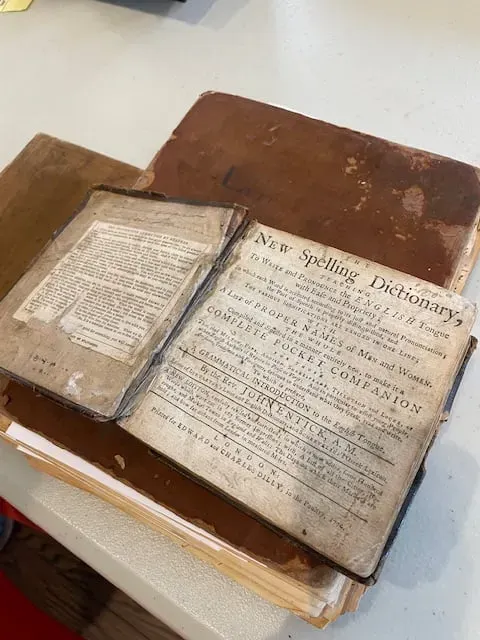
Arthur Lee's dictionary
Item 2: An order for provisions from Richard Henry Lee.
Richard Henry (R.H.) Lee, Arthur's brother, signer of the Declaration of Independence and a true founder of this nation was also Chair of the Marine Commission. Essentially R.H. was head of the Navy in simpler terms. Having this title during the Revolutionary War meant he was in a unique position to support the French navy.
You may recall that France officially signed a Treaty of Alliance with us in 1778. This made France the first foreign nation to officially recognize our new country as an independent nation.
This alliance, in follow-up to Major General the Marquis de Lafayette serving as part of Washington's Continental Army, meant the French were also militarily supporting us.
On July 12, 1778, as the French headed towards our shores, R.H. sent a letter requesting provisions for this first French fleet. And I got to see THE letter. It may seem a small fish in the big pond of Revolutionary War documents but it gives insight into:
- the daily life of both soldiers and government officials
- the value placed on supporting French troops supporting us
- military language, titles, and processes during the Revolutionary War
The opportunity to literally see and touch history- it never gets old.
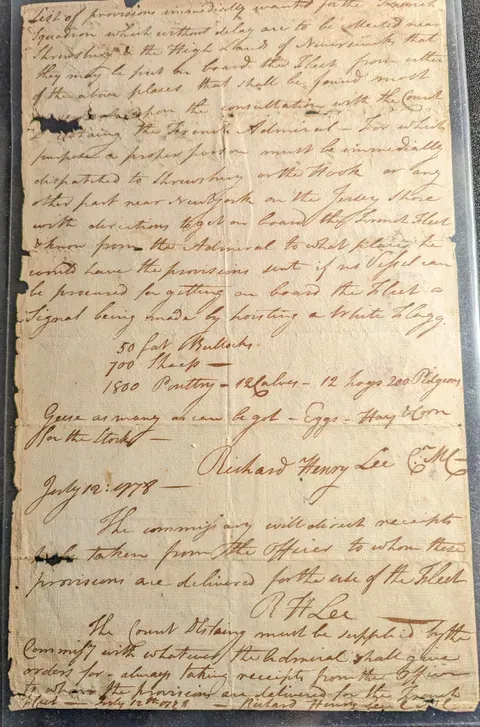
R.H. Lee provisions request, photo credit: Dr. Gordon Blaine Steffey
Items 3 and 4: Terms of Surrender from the United States Civil War- THE DOCUMENT. And General Orders Number 9.
As much as I am obsessed with and love the Revolutionary Lees, there's another Lee with a bit of a connection to Stratford Hall. Robert E. Lee was born there. His parents were not of the Lees of Stratford, so let me explain a tiny bit.
Robert's father, Henry Lee III (aka "Lighthorse Harry"), married Matilda Lee, daughter of a Stratford Lee. Lighthorse Harry was a cousin of previously introduced R.H., Matilda's uncle.
After Matilda passed away, he married Anne Hill Carter Lee, Robert's mom. They moved off the property, which descended to Matilda's son with Lighthorse Harry. Thus Robert was born at Stratford, but only lived there during his first couple years of life.
Being a Lee didn't mean you fought for the Confederacy. Interestingly, while Robert decided to join the Confederate Army, R.H.'s grandson Samuel went on to fight for the Union. Decisions were as complex as any family tree.
Confused? Ok, let's ditch the ancestry chart for now and move on to a stunning piece of history I got to see in person: Civil War General U.S. Grant's letter to General Robert E. Lee outlining the terms of surrender.
On April 9, 1865, at McClean House in the Virginia village of Appomattox Courthouse, Robert E. Lee surrendered to the Union.
And not only does U.S. Grant's signed letter to Lee sit in the Special Collections at Stratford Hall, but so does Lee's final orders to his troops before pledging allegiance to the Union and leaving military life for higher education.
Yes, General Orders Number 9 are also held at the Jessie Ball duPont Memorial Library. And it's insane I got to hold these (framed) documents. This document is the final one issued by Lee to his troops, dated April 10th. It sends them home and announces the terms of surrender.

U.S. Grant's letter to Robert E. Lee
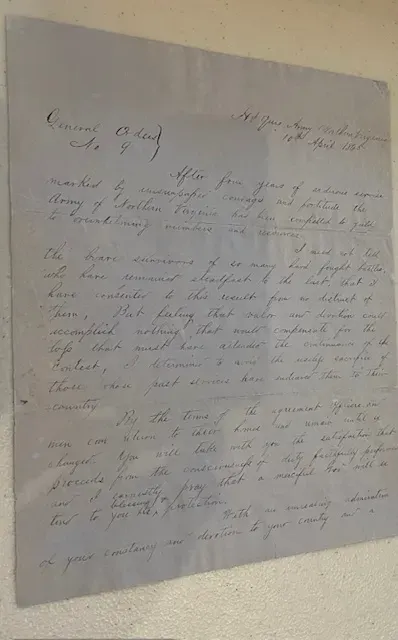
Lee's General Orders Number 9
Want to see it all yourself?
To visit Stratford Hall's Jessie Ball duPont Memorial Library: Use this link and follow the instructions to get an appointment scheduled.
Have you a special collection to recommend? Please share it in the comments or email me directly!
Closing words from history
Here is the National Park Service's transcription of Grant's letter to Lee which I saw at the Jessie Ball duPont Memorial Library. If you want to read more about the event on their website, click here.
Headquarters Armies of the United States
Appomattox C H Va Apl 9th 1865.
Gen. R. E. Lee,
Comd’g C. S. A.
General,
In accordance with the substance of my letter to you of the 8th inst., I propose to receive the surrender of the Army of N. Va. on the following terms, to wit;
Rolls of all the officers and men to be made in duplicate, one copy to be given to an officer to be designated by me, the other to be retained by such officer or officers as you may designate. The officers to give their individual paroles not to take up arms against the Government of the United States until properly exchanged, and each company or regimental commander to sign a like parole for the men of their commands.
The arms, artillery, and public property to be parked and stacked and turned over to the officers appointed by me to receive them. This will not embrace the side-arms of the officers nor their private horses or baggage. This done officers and men will be allowed to return to their homes, not to be disturbed by the United States authority as long as they observe their parole and the laws in force where they may reside.
Very respectfully
U. S. Grant
Lt. Gen
....
Do you want to support continuation of this free blog? Use my online tip jar and buy me a coffee:

There is a huge practical disclaimer to the content on this blog, which is my way of sharing my excitement and basically journaling online.
1) I am not a historian nor an expert. I will let you know I’m relaying the information as I understand and interpret it. The employees of Colonial Williamsburg base their presentations, work, and responses on historical documents and mainly primary sources.
2) I will update for accuracy as history is constant learning. If you have a question about accuracy, please ask me! I will get the answer from the best source I can find.
3) Photo credit to me, Daphne Reznik, for all photos in this post, unless otherwise credited! All photos are personal photos taken in public access locations or with specific permission.
